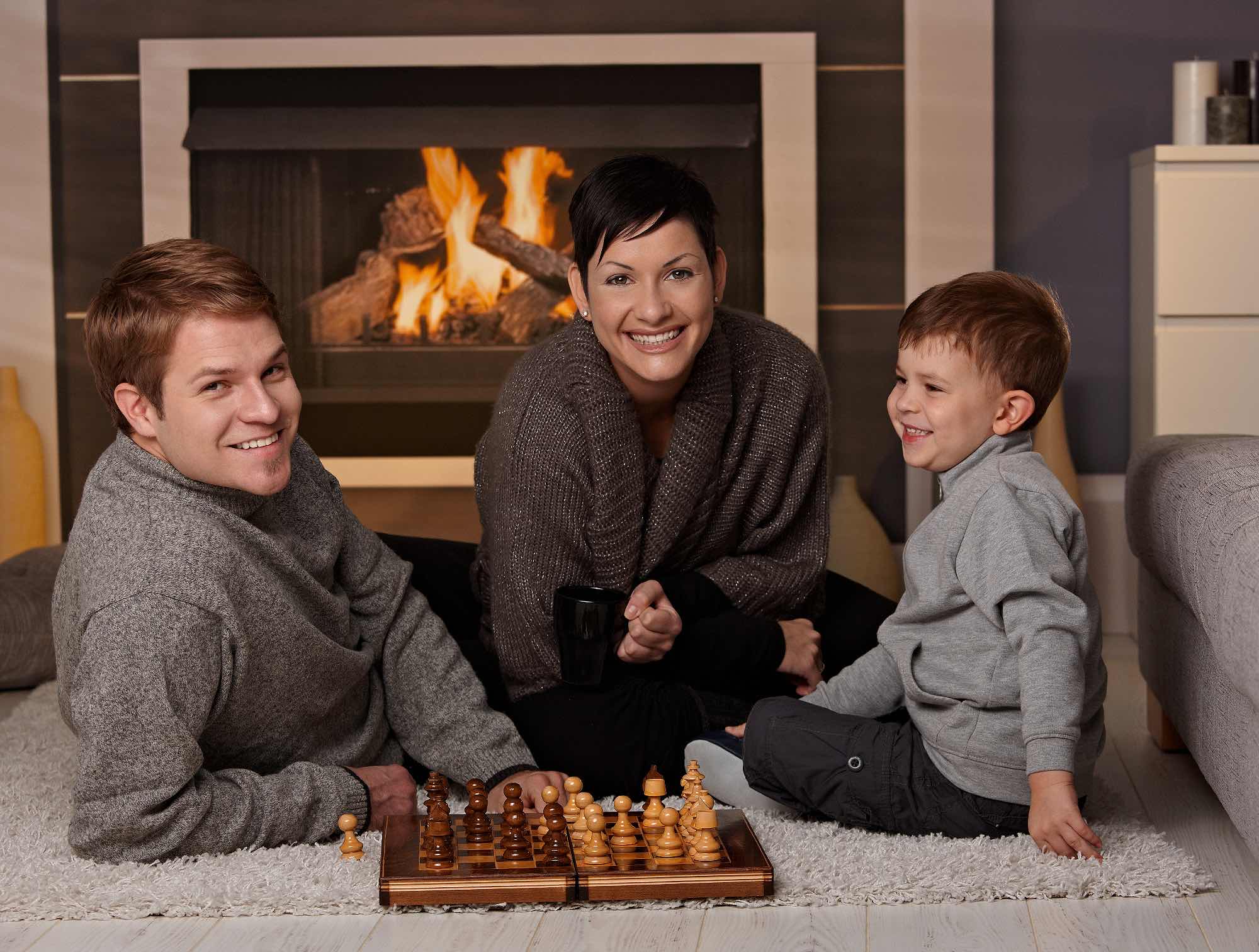In some areas of Canada, an air conditioner is de rigueur equipment to keep cool in the humid months of July and August. In other areas, such as the West Coast, air conditioning is considered a luxury because these months are warm with dry air. Here are some ideas to keep your home cool no matter where you live. You can even make your own air conditioner using this video.
There are four basic ways to keep a home cooler and more comfortable. These techniques are blocking, breezing, sinking, and heating devices turned off. They can be used individually or together for maximum effect.
One of the most effective techniques for reducing summertime heat, is to simply close the windows and window coverings. This is about blocking the UV rays, sunlight, and hot air from entering. The structure will moderate the heat somewhat in a process known as heat sinking. Keeping the blinds closed will mean the home will cool down faster when it’s time to reopen windows for the night.
All homes experience a phenomenon known as heat sink moderation. The foundation’s contact with the cool ground means that heat is always being drawn out of the structure into the ground. The walls and floors act as conduits for warm air to be equalized. Whenever concrete is in contact with the soil, there is on-going heat exchange between the two bodies. That’s why your basement is cooler during the summer and warmer in the winter.
When the sun has set and the heat of the day has dissipated the windows and drapes can be opened for evening breezing. Apartment and condo dwellers can use the bathroom fan to draw cool air from the hallways: the thermal mass of the building is then used to cool the living space. House dwellers can take advantage of this difference in air temperature by moving air from the basement to upper floors using the ‘fan only’ setting on the furnace.
In multilevel homes, open windows on both floors will create a convection current. Air is drawn in the lower level windows, gathers heat, and then exits through the upper floor windows. Operable skylights are ideal for this type of air movement. By morning, the structure will have cooled and windows can again be closed and blinds lowered.
Interior breezes can be created with portable and ceiling fans. If you’re using a ceiling fan, the blades should rotate so that the air is pushed from the ceiling downwards to the floor. This gives the greatest amount of cooling during the summer. In winter, the fan is reversed so that air is drawn upwards to the ceiling, and then pushed down the walls for a more comfortable room.
If you have clerestory windows that cannot be shaded, UV blocking window films and tints are available. Inexpensive and easy for a DIYer to install, these can reduce UV heat without blocking the view. And finally, adequate roof ventilation and proper insulation will prevent heat from building up in the attic space. When the attic becomes too warm, it actually heats the ceiling so that it becomes a radiator.
Looking for a home with air conditioning? Contact us today for a list of properties with A/C.





